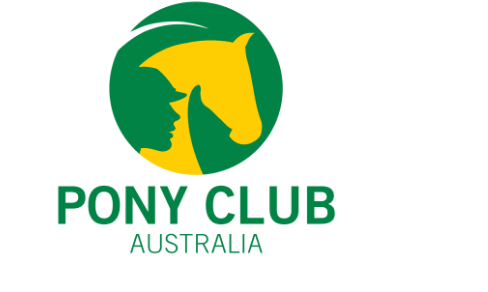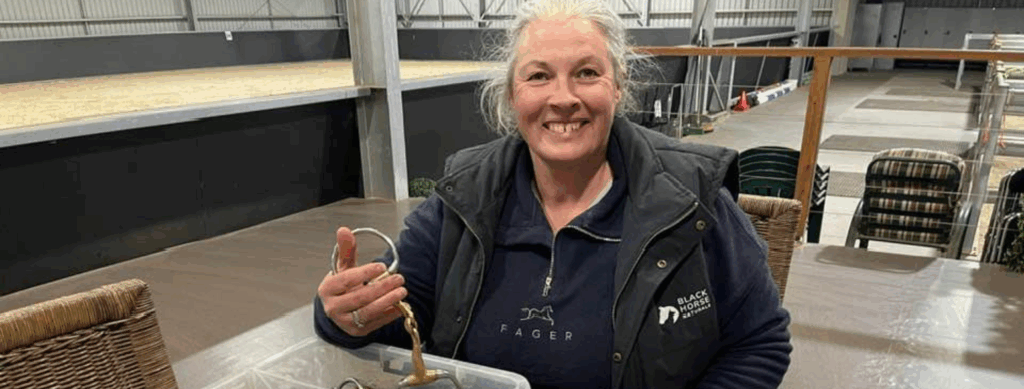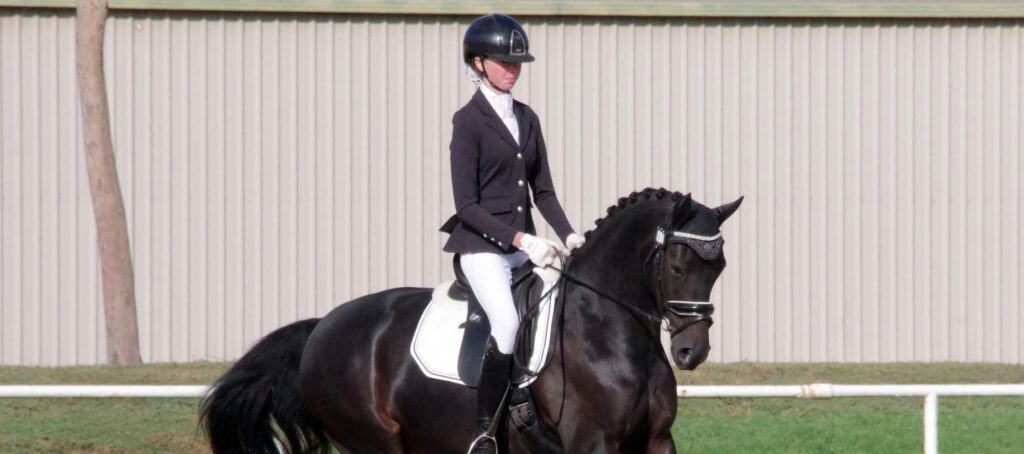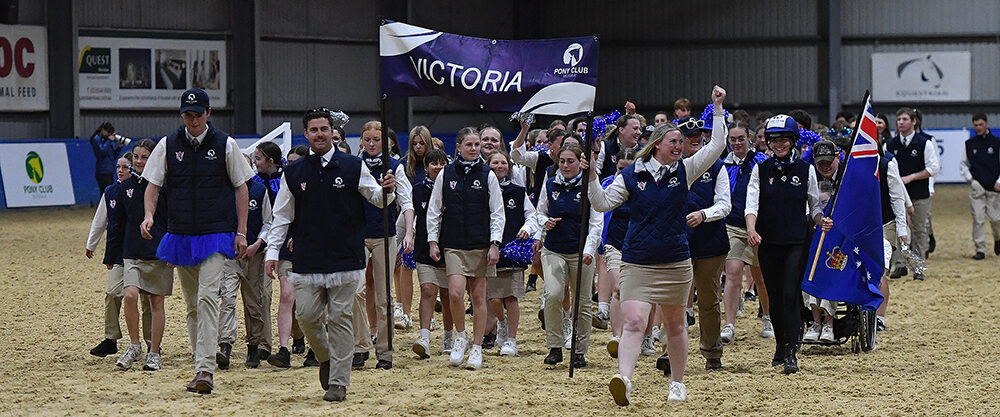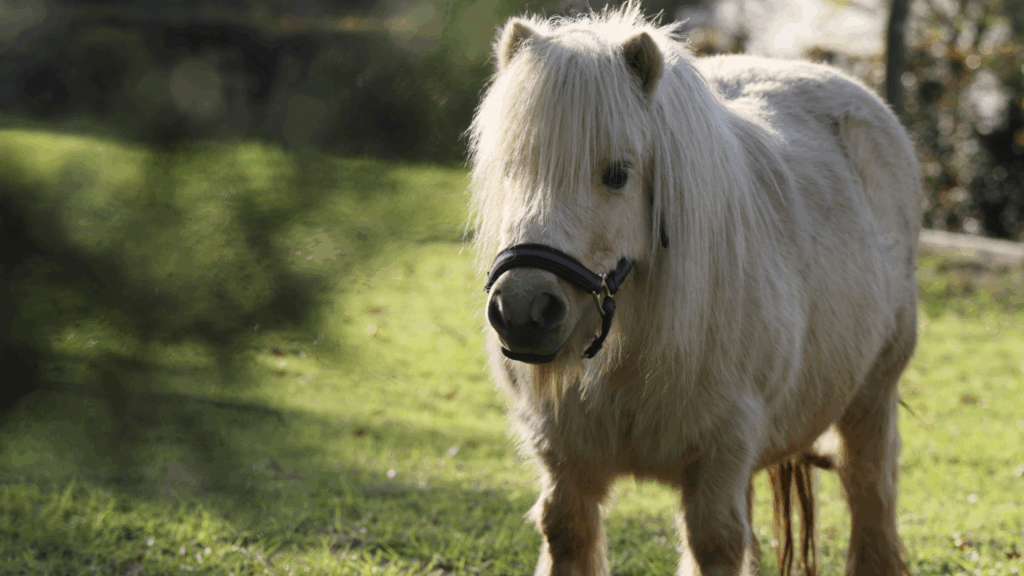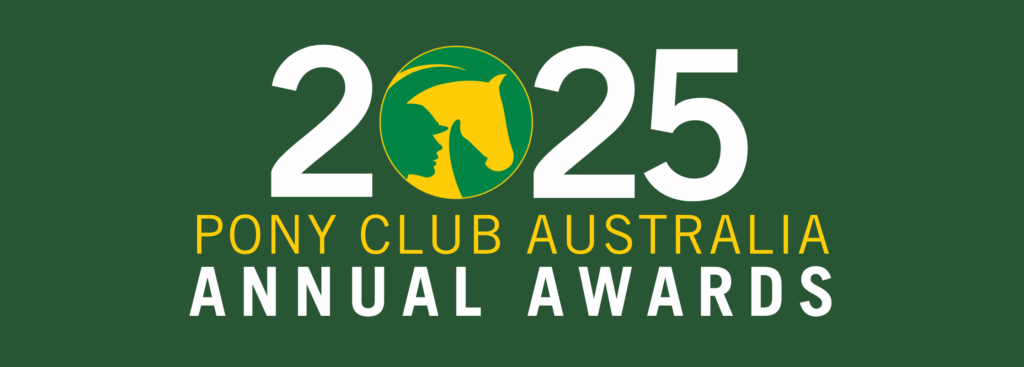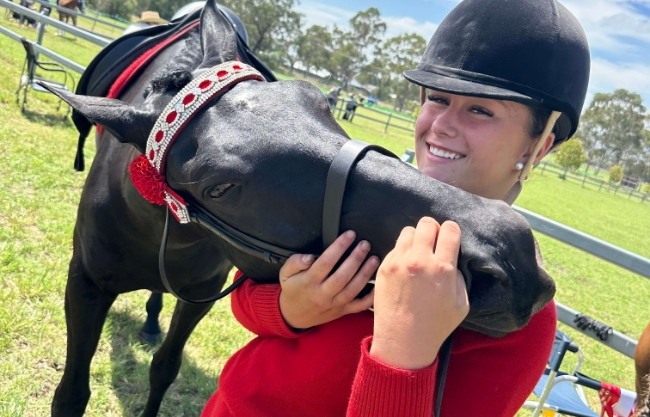The flight response plays a critical role in horse behaviour, training, and welfare.
As horse trainers, it is important that we learn to identify this response and understand its impact. For centuries, the best trainers have emphasised the importance of rhythm and line—commonly referred to as self-carriage. When horses accelerate without being asked, whether under saddle or in hand, they are likely exhibiting a fear response.
The Flight Response in Action
A common example is a horse that appears bold or keen when jumping. These horses often accelerate when approaching an obstacle. While this is sometimes interpreted as enthusiasm, it can be a sign of fear developed through rushed or unclear early jumping training. The horse may begin to associate the fence with fear, responding by accelerating both towards and away from it. This pattern of behaviour is driven by the flight response, which causes the horse’s legs to quicken even if it means running towards a perceived threat.
On a cross country course, horses demonstrating a high flight response show a blood profile consistent with fear, similar to a horse fleeing a predator. These responses are not just a welfare concern—they also present a safety risk. In all equestrian disciplines, we must recognise tension as fear. Increases in speed should always be rider-directed and trained progressively.
Recognising and Addressing the Signs
Signs such as a hollow back or sudden quickening of the legs are key indicators of the flight response. Horses may also shy in certain areas of the arena, often attributed to specific objects. However, these behaviours are better understood as quickening and swerving responses to visual cues. If allowed to practice these behaviours—even once—they can become habits.
To retrain these behaviours, riders should approach problem areas more slowly and deliberately. Attention to rhythm and line is critical. If the horse shies, a downward transition should be ridden and the horse returned to the original line. For example, if the object is on the right, the rider should be prepared to slow the right foreleg with the right rein. This process should be repeated until rhythm and line are maintained.
If shying occurs randomly, it may indicate conflict. In such cases, it is recommended to revisit the Equitation Science training scale in a smaller area until the horse can demonstrate contact-level training. Random shying is often accompanied by delayed or heavy responses to go, stop, or turn aids, indicating problems at the obedience level.
Avoiding the Rehearsal of Fear
Any time a horse accelerates or deviates from the rider’s line without being asked, the appropriate slowing or turning aids should be applied immediately. This prevents the behaviour from being incorporated into the horse’s repertoire. Training should be error-free: delete the behaviour during its expression with a downward transition, then immediately reapply the aid. Allowing horses to rehearse the flight response increases the likelihood of more frequent or intense expressions in future.
Traditional advice to ride a bucking horse forward can be problematic. Bucking is part of the flight response and allowing it to be rehearsed increases its recurrence. Instead, a downward transition should be ridden, followed by a reapplication of the go-forward aid. Sudden quickening is most effectively addressed by slowing the stride, with the strength of the slowing aid determined by the severity of the behaviour.
Training with Self-Carriage
Galloping and similar activities require an increase in heart rate and some activation of the flight response. However, horses must be trained to maintain self-carriage—like a cruise control setting—so that acceleration does not occur independently. A horse that must be held in rhythm is rehearsing a minor form of bolting. These horses often show a hollow back and short, choppy strides.
Fear-based behaviours can be retained in memory after a single episode. Behavioural science refers to this as spontaneous recovery—the return of a previously extinguished behaviour under stress. This is why even a single bolt, buck, or shy should not be ignored. Such behaviours are most likely to reappear during new or challenging training situations.
Round Pens, Lungeing, and Associations
Chasing horses in round yards when they display signs of tension—such as a high head, hollow back, and short, fast strides—can be detrimental. These horses are practicing the flight response and forming associations between fear and humans. Even if short-term gains appear to be made, it can lead to more severe expressions of fear and damage the horse-human relationship.
Correct lungeing, however, can be beneficial if the horse remains relaxed and in self-carriage. If the horse quickens, a downward transition through the lunge rein should be used.
The Wheat Box Experiment
Temple Grandin’s wheat box experiment demonstrated that preventing expression of the flight response can hasten habituation. Wild mustangs, unable to move their legs in a confined crate, were exposed to swinging stimuli. The lack of movement dulled the flight response and made the horses easier to handle. This has parallels with traditional practices that involve restricting leg movement, such as hobbling. While these techniques can produce similar effects, they are a form of flooding and can result in sensitisation or learned helplessness. Therefore, such methods are not considered ethical in modern training contexts.
Long-Term Effects of Flight
Repeated or prolonged exposure to the flight response increases stress chemicals like cortisol, which can harm the horse’s physiology. Long-term tension may also result in behaviours such as aggression, separation anxiety, and self-mutilation. Confusion in training leads to tension, which can escalate to running, leaping, or shying. These are not the horse’s fault but signs of unclear or inconsistent training.
It is more effective—and far better for horse welfare—to train correctly from the beginning than to retrain incorrect or fear-based responses.
This information is adapted from Pony Club Australia’s A Certificate manual.

